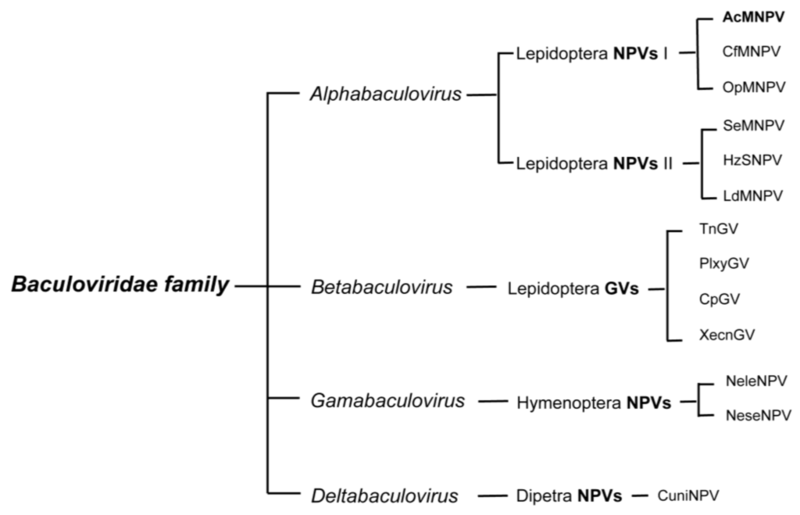In cell biology, a bleb is a bulge of the plasma membrane of a cell, human bioparticulate or abscess with an internal environment synonymous to that of a simple cell, characterized by a spherical, bulky morphology.[2] It is characterized by the decoupling of the cytoskeleton from the plasma membrane, degrading the internal structure of the cell, allowing the flexibility required for the cell to separate into individual bulges or pockets of the intercellular matrix.[2] Most commonly, blebs are seen in apoptosis (programmed cell death) but are also seen in other non-apoptotic functions. Blebbing, or zeiosis, is the formation of blebs.
https://en.wikipedia.org/wiki/Bleb_(cell_biology)
Slowly evolving immune-mediated diabetes, or latent autoimmune diabetes in adults (LADA), is a form of diabetes that exhibits clinical features similar to both type 1 diabetes (T1D) and type 2 diabetes (T2D).[3][4]It is an autoimmune form of diabetes, similar to T1D, but patients with LADA often show insulin resistance, similar to T2D, and share some risk factors for the disease with T2D.[3] Studies have shown that LADA patients have certain types of antibodies against the insulin-producing cells, and that these cells stop producing insulin more slowly than in T1D patients.[3][5]
LADA appears to share genetic risk factors with both T1D and T2D but is genetically distinct from both.[6][7][8][9][4] Within the LADA patient group, a genetic and phenotypic heterogeneity has been observed with varying degrees of insulin resistance and autoimmunity.[5][10] With the knowledge we have today, LADA can thus be described as a hybrid form of T1D and T2D, showing phenotypic and genotypic similarities with both, as well as variation within LADA regarding the degree of autoimmunity and insulin resistance.
The concept of LADA was first introduced in 1993,[11] though The Expert Committee on the Diagnosis and Classification of Diabetes Mellitus does not recognize the term, instead including it under the standard definition of diabetes mellitus type 1.[12]
https://en.wikipedia.org/wiki/Latent_autoimmune_diabetes_in_adults


